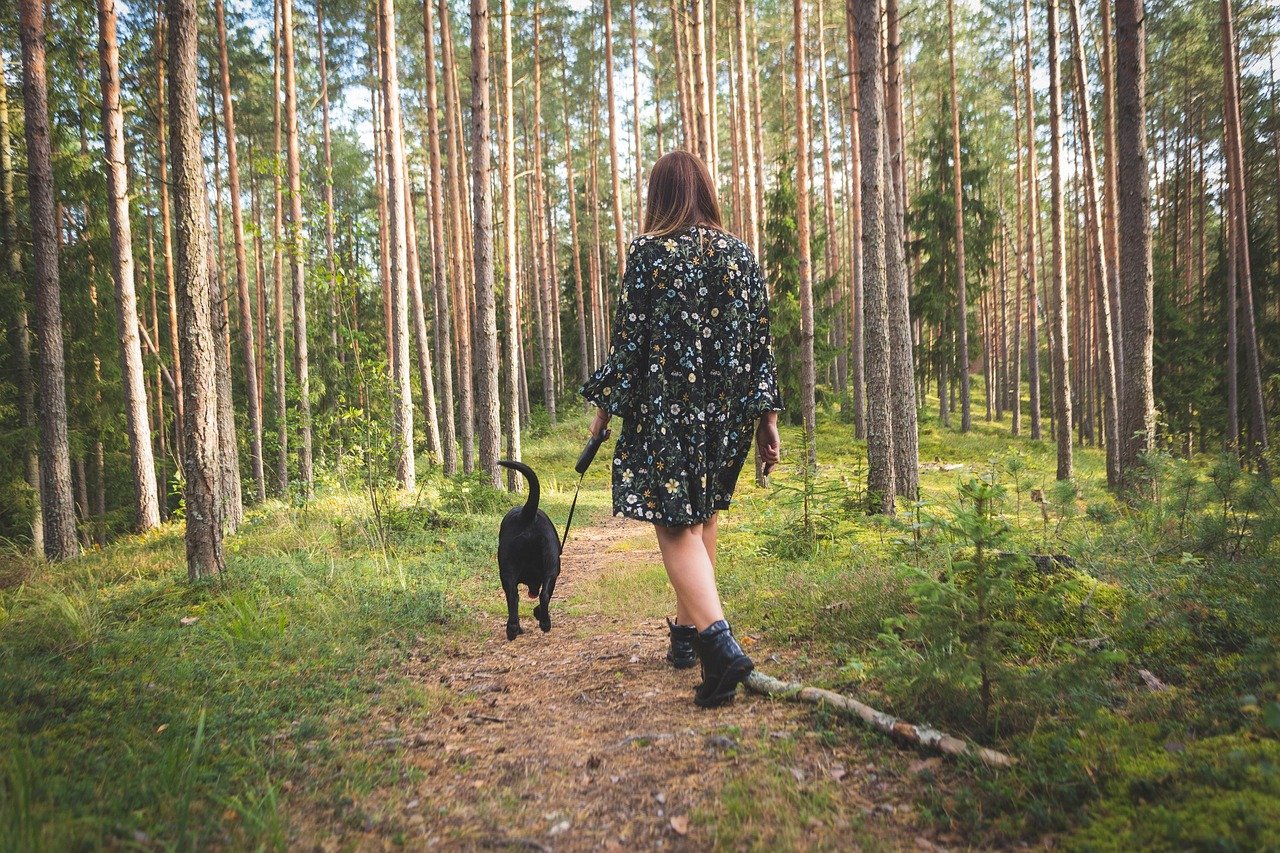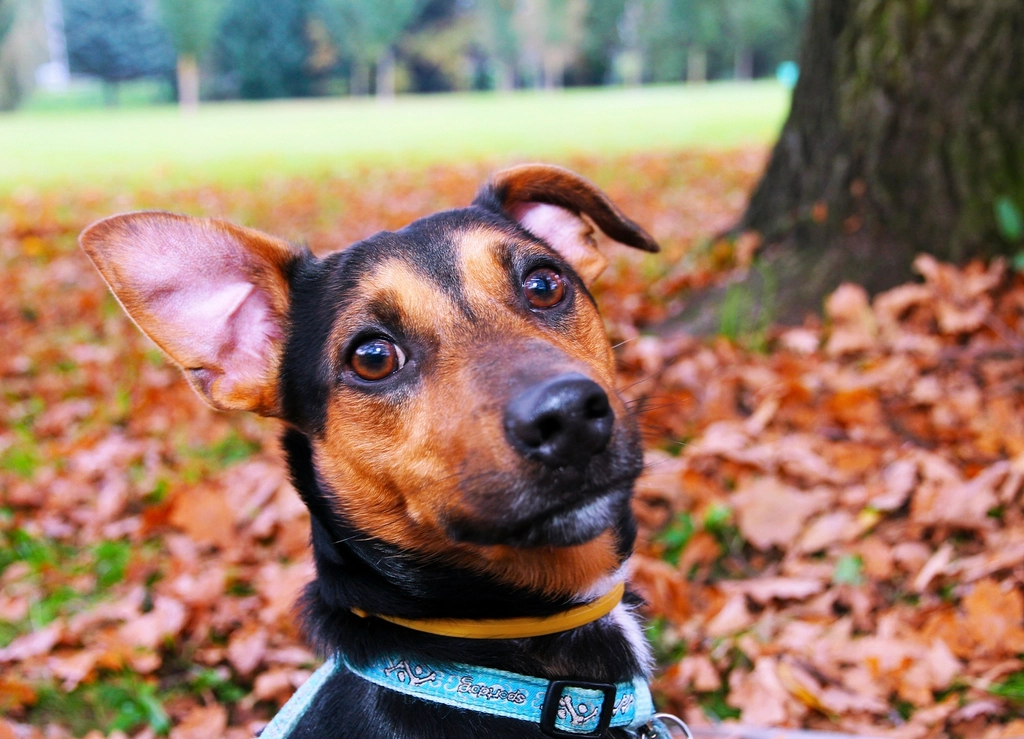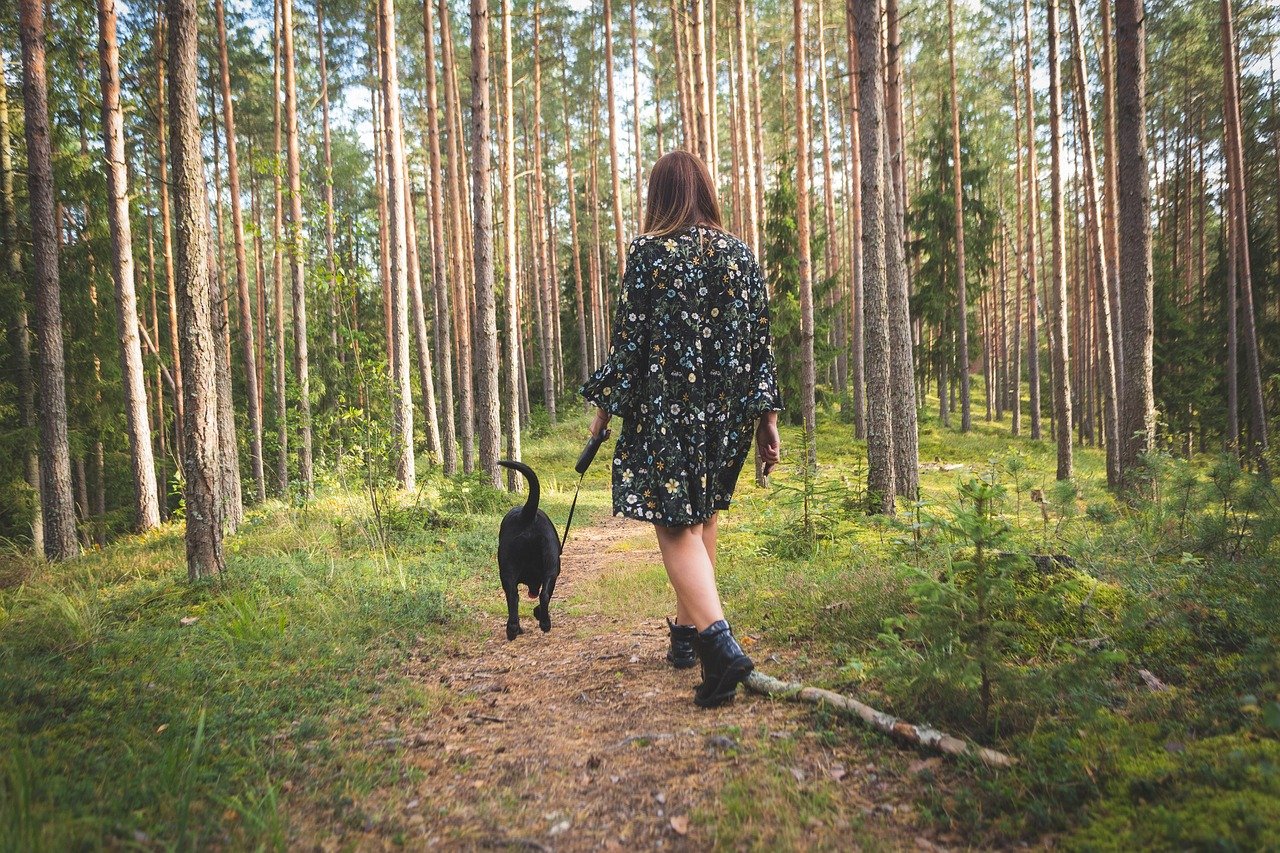Have you ever stopped mid-walk with your pup, gazed at the trees swaying above, and wondered how your daily habits affect this beautiful planet? As dog lovers, we share every corner of our lives with our furry friends—our joys, our snacks, even our backyards. But what if I told you that every treat, every toy, and every stroll could help protect the earth you both adore? It’s true! Shifting just a few habits can make a world of difference, not just for you and your dog, but for the green spaces we all cherish. Let’s dig into ten simple, powerful ways to be a more earth-loving dog owner—because happy tails and a healthy planet go paw-in-paw.
Choose Eco-Friendly Dog Toys
Dogs love toys—it’s no secret! But most toys are made from plastics and synthetic materials that linger in landfills long after playtime ends. Imagine your dog’s favorite squeaky ball living on for centuries—yikes! Instead, look for toys crafted from natural rubber, organic cotton, or recycled materials. Not only do these toys break down more easily, but they’re also safer for your playful pup to chew and chase. Some brands even offer toys made from old fire hoses or upcycled fabrics, turning waste into tail-wagging fun. Next time you shop, feel the difference in your hands—a sturdy, earthy-smelling tug rope is a far cry from slick, chemical-smelling plastics. Your dog might not thank you with words, but their happy, healthy playtime says it all.
Feed Sustainably, Nourish Mindfully
Feeding your dog is more than just filling a bowl—it’s an act of love. Yet, many dog foods are packed in single-use plastics and rely on resource-heavy meat production. Why not opt for brands that use responsibly sourced proteins, recyclable packaging, or even plant-based formulas? Some companies now offer insect protein dog food, which has a surprisingly small environmental pawprint. You can also support local pet food makers who use regionally sourced ingredients, cutting down transportation emissions. If you cook for your dog, use leftovers and avoid waste. Every thoughtful choice at mealtime is a step toward a greener home and a healthier world for your four-legged best friend.
Compost Dog Waste—Yes, Really!

Dog waste isn’t just a backyard nuisance—it’s a big environmental problem when it ends up in landfills or washes into waterways. But did you know you can actually compost your pup’s poop? Special dog waste composters break down waste safely, keeping harmful bacteria out of soil and water. If composting at home isn’t your thing, look for community dog waste composting programs. Always use compostable poop bags instead of plastic ones, which take hundreds of years to break down. It might feel a bit odd at first, but think of it as nature’s recycling plan—transforming a messy problem into rich, useful soil for non-edible plants.
Walk Green—Clean Up Along the Way

Every walk is a chance to soak in the world with your dog, but it can also be a moment of quiet activism. Bring along a spare bag and pick up trash as you go—it’s surprisingly satisfying! Not only are you making the path safer for animals and people, but your dog gets to sniff new scents while you’re busy being a local hero. Think of it as a treasure hunt, only the treasure is a cleaner, more beautiful neighborhood. If you spot recyclables, separate them and dispose of them properly. Over time, you’ll notice the difference, and maybe even inspire other dog-walkers to join in.
Adopt, Don’t Shop

Giving a home to a rescue dog is one of the greenest choices you can make. Puppy mills and commercial breeders often have huge environmental footprints, from food and water consumption to waste and transportation. Shelters are filled with wonderful dogs in need of loving homes. By adopting, you’re not only saving a life, but also reducing the demand for resource-heavy breeding. Many rescues are now eco-conscious themselves, using sustainable cleaning products and recycled bedding. It’s a beautiful cycle—one where compassion for animals and the planet go hand in paw.
Groom With Nature in Mind

The products you use to bathe and groom your dog eventually wash down the drain and into the environment. Traditional shampoos and conditioners can contain harsh chemicals that harm aquatic life. Choose grooming products with natural, biodegradable ingredients and minimal packaging. Even better, some brands use refill stations to reduce bottle waste. Use washable grooming mitts instead of disposable wipes. Grooming outside can let you skip the blow dryer, using fresh air and sunshine instead. Your dog will love the extra attention, and the earth will thank you for keeping its waterways clean.
DIY Dog Treats and Snacks
Treat time doesn’t have to mean lots of packaging and mysterious ingredients. Making your own dog treats at home is fun and eco-friendly. Use simple, wholesome ingredients like pumpkin, oats, and peanut butter, many of which you may already have in your kitchen. Store treats in glass jars or reusable containers to cut down on waste. Homemade snacks also let you control portion sizes and avoid unhealthy additives. Share extra treats with dog-owning friends or donate them to your local shelter—spreading kindness and eco-consciousness at the same time.
Opt for Sustainable Dog Gear
Collars, leashes, and harnesses are everyday essentials, but their environmental impact can add up. Instead of nylon or plastic, look for gear made from hemp, bamboo, or recycled materials. Some companies even reclaim ocean plastics to create sturdy, stylish leashes. When your dog outgrows or wears out their gear, donate usable items to animal shelters or upcycle them into toys or crafts. It’s small changes like these that add up to a big difference. After all, every stylish walk is a chance to show off your commitment to the planet.
Reduce, Reuse, Recycle—Dog Edition

The classic three Rs work wonders in dog ownership, too! Reuse old blankets and towels as beds or car seat covers. Repurpose cardboard boxes into play forts or puzzle feeders. Recycle food cans, treat bags, and packaging whenever possible—just check your local recycling guidelines. If you’re feeling creative, turn mismatched socks into tug toys or braid old t-shirts for a DIY fetch rope. These little projects not only save money, but keep extra waste out of landfills. Plus, nothing beats the look of pride on your dog’s face when you hand them a toy you made yourself.
Support Green Pet Businesses

Your wallet is a powerful tool for change. When you support pet stores, groomers, dog walkers, or boarding facilities with eco-friendly practices, you’re helping green the entire industry. Look for businesses that use renewable energy, minimize single-use plastics, or participate in community clean-up events. Some offer discounts for bringing your own containers or reusing bags. By choosing these businesses, you’re sending a clear message: dog lovers care deeply about the planet. Over time, your choices help shift the market toward more sustainable, compassionate options for every dog and owner.

Linnea is a born and bred Swede but spends as much time as possible in Cape Town, South Africa. This is mainly due to Cape Town’s extraordinary scenery, wildlife, and atmosphere (in other words, because Cape Town is heaven on earth.) That being said, Sweden’s majestic forests forever hold a special place in her heart. Linnea spends as much time as she can close to the ocean collecting sea shells or in the park admiring puppies.






